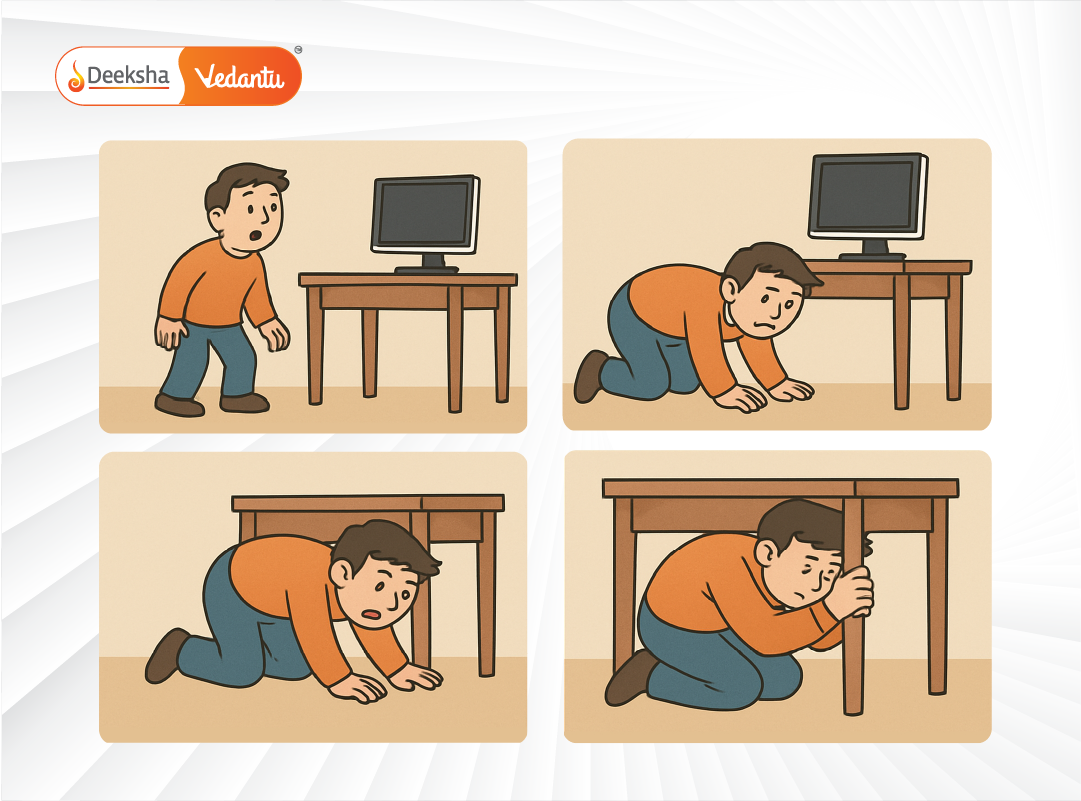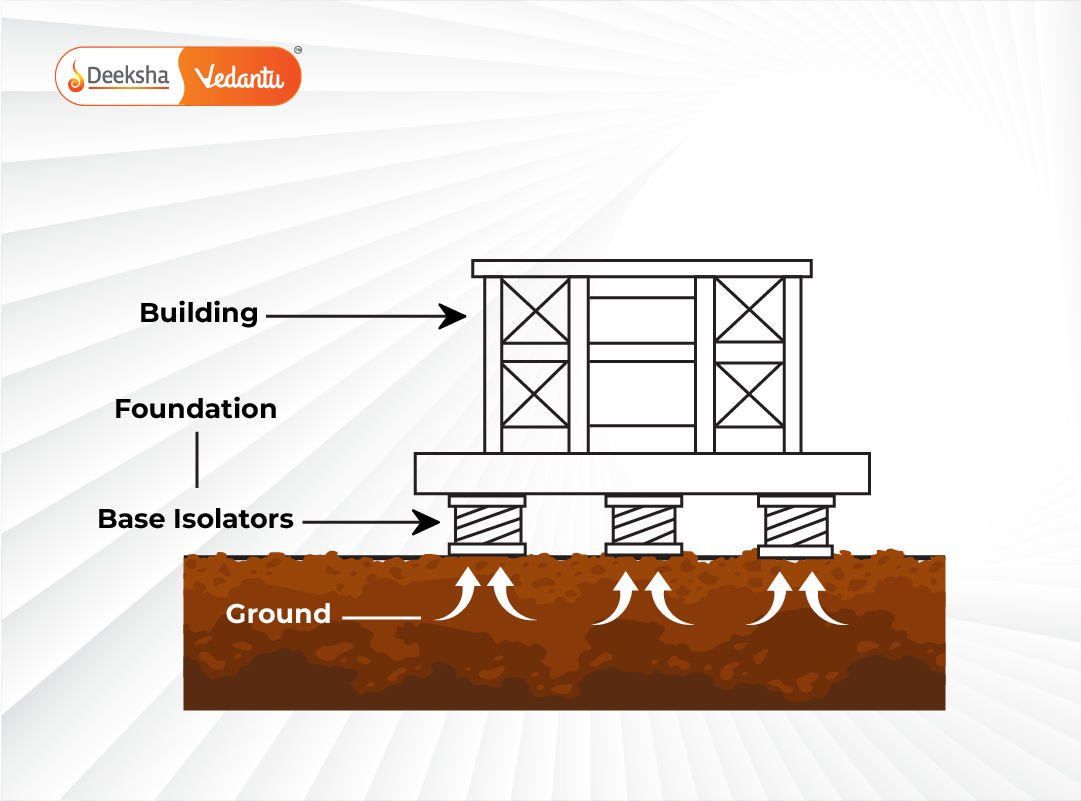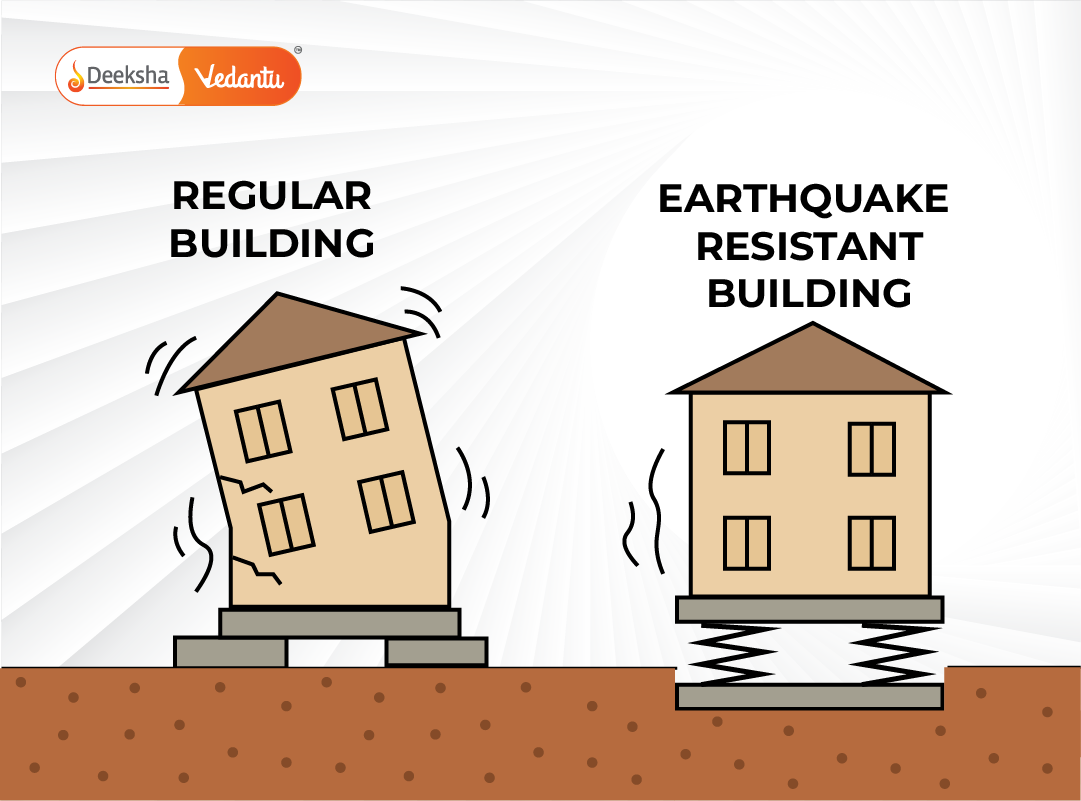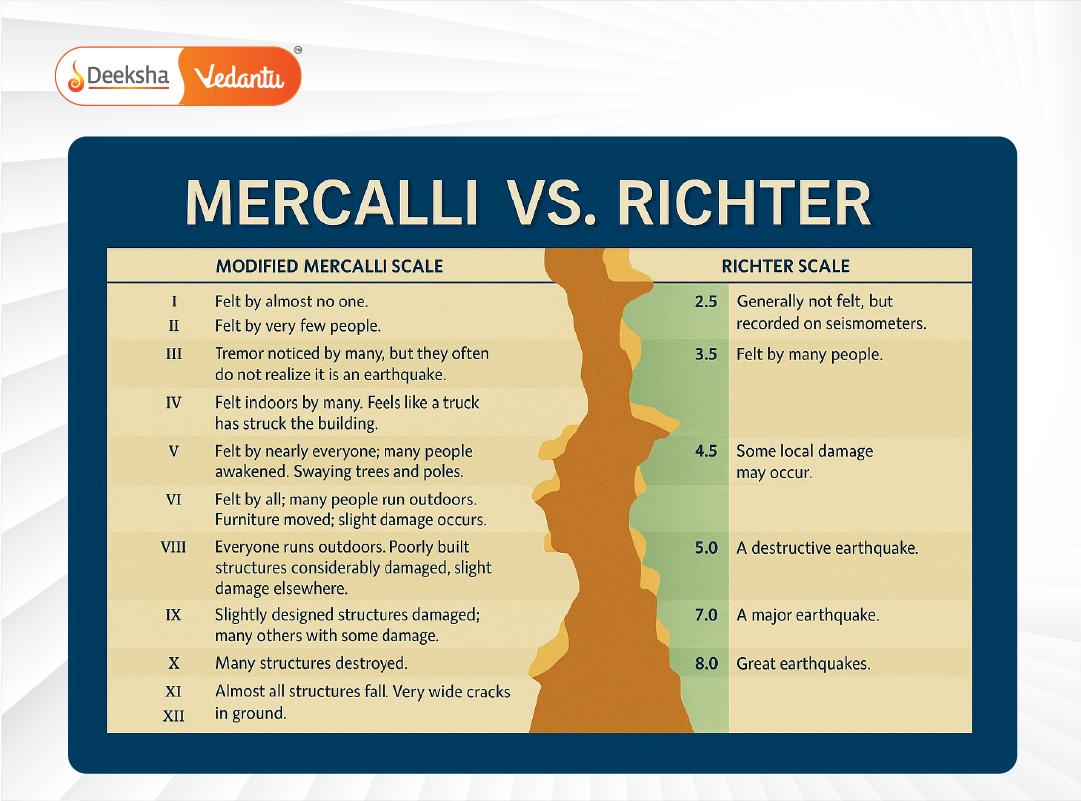Earthquakes are among nature’s most unpredictable and destructive forces, often striking without warning and causing extensive damage to buildings, infrastructure, and communities. In seismically active regions, understanding how to prepare for and respond to earthquakes is vital for minimizing injuries and loss of life. From learning essential safety procedures to embracing cutting-edge seismic design innovations, gaining knowledge about earthquake resilience is a step toward building safer, more disaster-ready societies.
This guide offers an in-depth look at earthquake safety measures, seismic design principles, and how modern engineering works to make buildings more resilient. Whether you’re a student learning about tectonic activity or someone living in an earthquake-prone area, these insights will help you take informed action before, during, and after seismic events.
Understanding Earthquakes
An earthquake occurs when stress builds up in the Earth’s crust and is suddenly released, producing seismic waves that travel through the ground and cause shaking. These waves radiate from a central point called the epicenter and vary in intensity depending on factors like depth, magnitude, and geological conditions.
Most earthquakes occur along tectonic plate boundaries where plates either collide, slide past each other, or pull apart. Understanding the basic geology behind these natural events helps us better anticipate where earthquakes are more likely to occur and why.
Knowing the difference between foreshocks, mainshocks, and aftershocks also provides context for how earthquakes evolve. Early warning signs, while rare, may include unusual animal behavior, sudden ground movements, or changes in water levels.
Explore: Protection Against Earthquakes
Earthquake Safety Tips
When an earthquake strikes, a few quick decisions can save your life. Being mentally and physically prepared is key to minimizing injuries and ensuring survival. Here are essential earthquake safety tips:
- Drop, Cover, and Hold On: Immediately get down on your hands and knees to avoid being knocked over. Take cover under a sturdy desk or table, and hold on to it firmly until the shaking stops.
- Stay Indoors: Running outside increases risk due to falling debris. Find shelter away from glass, windows, and hanging objects.
- Turn Off Utilities Safely: When possible, shut off gas valves, electricity, and water supply to prevent fire or flooding after the quake.
- Keep an Emergency Kit Ready: Include bottled water, non-perishable food, flashlight, radio, batteries, medications, and important documents.
- Establish a Family Emergency Plan: Everyone should know evacuation routes, meeting points, and emergency contact numbers.
- Participate in Regular Drills: Practicing evacuation and safety routines helps develop muscle memory and confidence during actual emergencies.

In the aftermath of a quake, stay alert for aftershocks, structural damage, and broken utilities. Avoid using elevators, and only exit buildings when it’s safe.
Seismic Design Principles
Seismic design focuses on constructing buildings and infrastructure that can resist the dynamic forces generated by earthquakes. Properly designed structures may sustain damage but should not collapse, thereby preventing casualties.
Key principles include:
- Flexibility and Ductility: Structures should be able to flex and absorb seismic energy without failing.
- Base Isolation Systems: These involve using bearings or sliders to decouple the building from ground movement.
- Reinforced Materials: Use of steel reinforcements in concrete and shock-absorbing materials to enhance load-bearing capacity.
- Symmetry in Layout: Symmetrically shaped buildings distribute stress more evenly, minimizing torsional forces.
- Redundancy and Load Paths: Ensure there are multiple paths for forces to travel, preventing total collapse if one component fails.

Seismic codes and building regulations now incorporate these principles in regions prone to earthquakes.
Also Read: Noise Pollution Prevention
Earthquake-Resistant Buildings
Buildings designed to withstand seismic events incorporate both structural and architectural solutions to prevent catastrophic failure. Common features include:
- Shear Walls and Braced Frames: Provide lateral resistance to prevent swaying.
- Cross Bracing: Diagonal beams that offer additional support during horizontal movement.
- Lightweight Roof Structures: Reduce the building’s overall mass, lowering the impact of tremors.
- Dampers and Shock Absorbers: Devices that dissipate seismic energy and reduce building sway.
- Flexible Joints: Allow parts of the building to move independently, reducing internal strain.

In addition to new construction, retrofitting existing buildings with modern reinforcements is crucial for minimizing risks in older structures.
Learn More: Human Eye and Its Functioning
Tools and Instruments for Seismic Study
Understanding earthquakes requires precise instruments and methodologies. Here are some tools used by geologists and engineers:
- Seismographs: Measure and record the motion of the ground during seismic events.
- Richter Scale: Quantifies the magnitude of an earthquake based on seismic wave amplitude.
- Modified Mercalli Intensity Scale: Classifies damage and human perception of shaking.
- Global Positioning Systems (GPS): Monitor tiny shifts in Earth’s crust to detect strain.
- Accelerometers: Track rapid changes in velocity to evaluate building performance during quakes.

Data from these instruments help in designing safer structures and improving early-warning systems that can alert people seconds before the shaking begins.
Explore: Concave and Convex Mirrors
Engineering Innovations in Safety
Modern engineering has given rise to advanced solutions that enhance earthquake resilience in urban and rural infrastructure alike:
- Tuned Mass Dampers: Large weights in skyscrapers that sway in opposition to seismic motion, reducing vibration.
- Floating Foundations: Allow a building to shift slightly without sustaining major damage.
- Smart Sensors: Embedded throughout buildings to monitor stress levels and alert maintenance teams or emergency services.
- Shape Memory Alloys: Materials that return to their original shape after deformation, ideal for joints.
- Self-Healing Concrete: Repairs cracks on its own using embedded bacteria, maintaining structural integrity over time.

Such innovations represent the future of sustainable and disaster-resilient urban planning.
Related Topic: Compound Microscope
FAQs on Earthquake Safety and Seismic Design
1. What are the most important earthquake safety tips?
Drop, cover, and hold on. Stay away from windows and heavy objects. Keep an emergency kit and establish a family safety plan.
2. What is seismic design in simple terms?
It’s the engineering process of building structures that can handle the stress and shaking from an earthquake without collapsing.
3. What makes a building earthquake-resistant?
Features like reinforced concrete, shear walls, shock absorbers, symmetrical layouts, and flexible materials make a building resistant to seismic forces.
4. How do we measure earthquakes?
Earthquakes are measured using seismographs and scales like the Richter and Mercalli, which evaluate both magnitude and damage.
5. Can earthquakes be predicted?
While precise predictions are not currently possible, risk zones can be mapped, and early warning systems can provide a few seconds of notice.
Conclusion
Earthquakes are unpredictable, but our preparation doesn’t have to be. Learning earthquake safety protocols and understanding seismic design gives individuals and communities a greater chance at reducing harm and recovering faster. With advancements in engineering and a strong commitment to education and planning, we can build a safer world that’s ready to face the challenges of seismic activity.
Whether you’re a curious student, an aspiring engineer, or a concerned resident, staying informed and proactive is the first step toward resilience in the face of natural disasters.
Table of Contents










Get Social